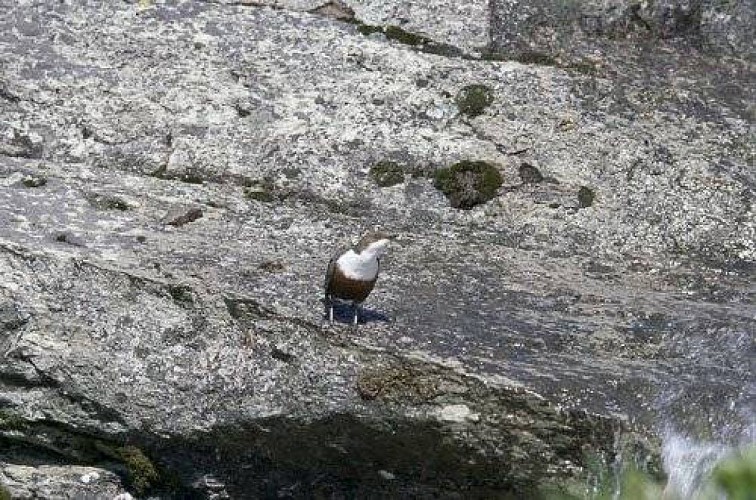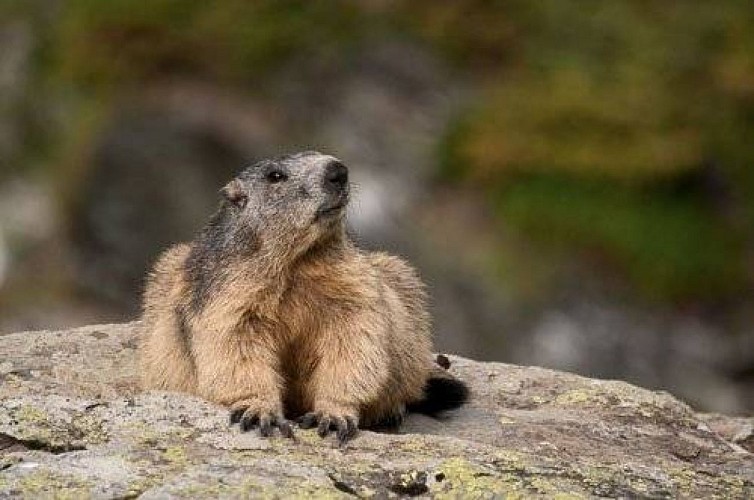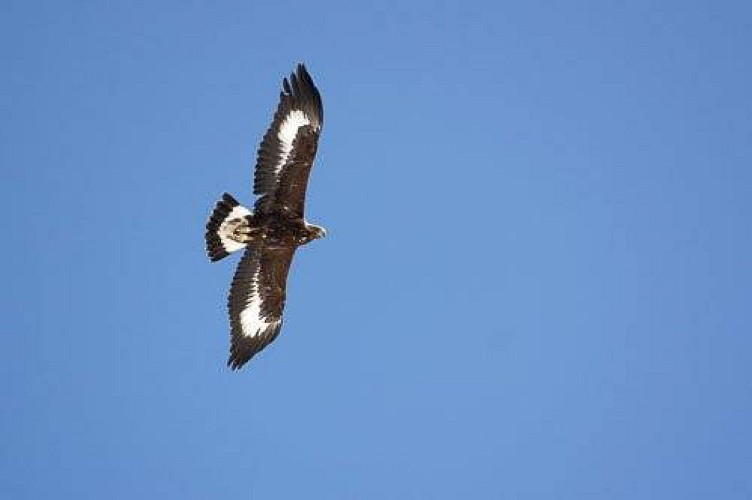Alert
Alerts
Col des Fours from Manchet

IGN cards
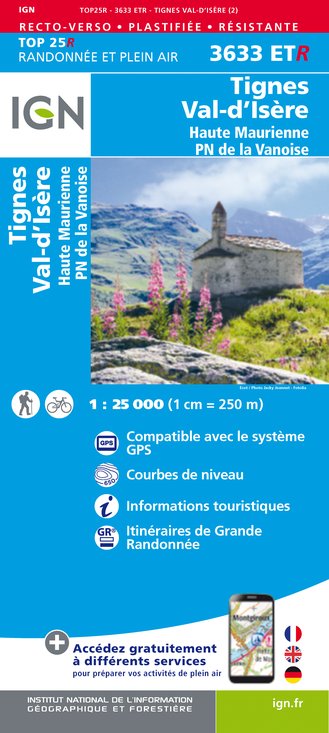


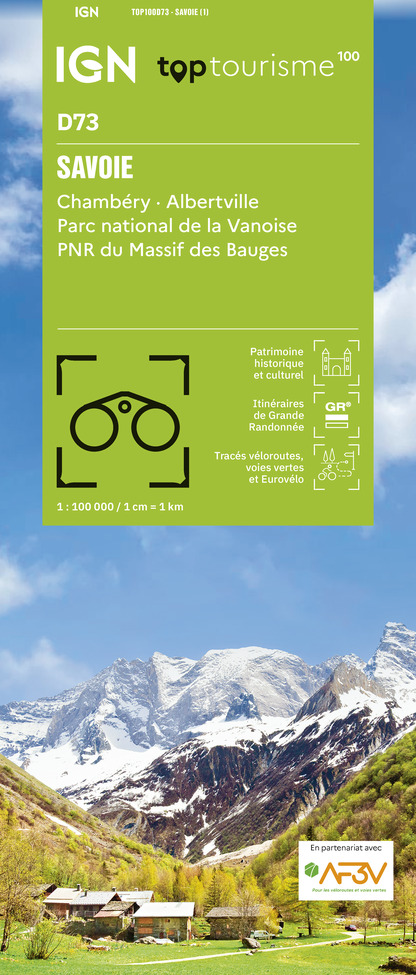

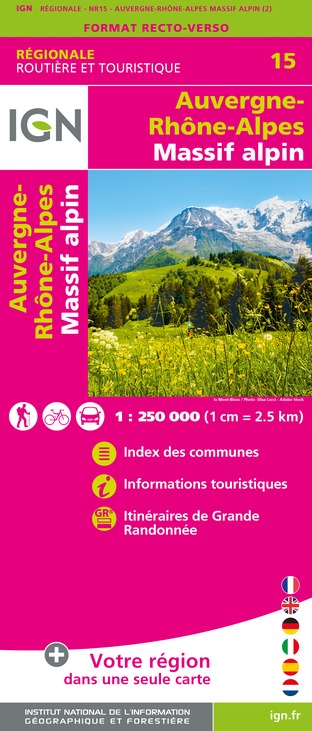


Description
A day’s hike is not without effort but the scenery is well worth it.
When leaving the car park of the Manchet ski lift, follow the paved road, which merges into the terrain path. Walk around the hamlet of Manchet following this path. Cross the bridge over the Fours stream. Take the trail to the left of the Park information boards. Walk 150 m to fall back on a vehicle track. Follow it to the left in order to get back to the trail that leads to the right after 300 m. Follow the direction of “Col des Fours”. 400 m after the Refuge du Fond des Fours, at the fork in the path, follow the direction of “Col des fours 1h10”. To return, walk back the opposite way.
Technical Information
Altimetric profile
Starting point
Points of interest
Additional information
Departure
Manchet car park and ski lift, Val d'Isère
Arrival
Manchet car park and ski lift, Val d'Isère
Ambiance
“This hike is especially made for those fond of efforts rewarded and those who love the mountains. An encounter with the chamois remains an exception and is only more magical. To be consumed liberally!” Mylène Herrmann, Vanoise National Park Ranger
Access
"
From the roundabout of the Tourist Information Office of Val d´Isère follow the RD 902, in the direction of the “Vallée du Manchet”. Go past the ski-runs roundabout, cross the hamlet of Châtelard, pass in front of the restaurant ""Les Clochetons”. Continue as far as the ski lift car park of Manchet.
"
Advised parking
Manchet car park and ski lift
Public transport
"
Rail connection to Bourg-Saint-Maurice. Information: www.voyages-sncf.comthen transport by coach to the administrative centre of Val d´Isère. Information:www.transavoie.comat Val d´Isère, free shuttle buses serve the Manchet valley to the Parc des Sports car park.
"
Advice
Catering and accommodation available at the Refuge du Fond des Fours. Catering available at the Ferme de l´Arselle.
Data author


